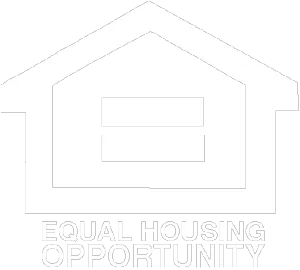Beyond the Mortgage Rate: The Other Homebuying Costs You Need to Know
Understanding the Full Cost of a Mortgage
When shopping for a mortgage, it’s easy to focus solely on the interest rate. While that number plays a big role in your monthly payment, it’s far from the only cost involved in buying a home. From lender fees to government charges and prepaid items, your final closing costs can add thousands of dollars to the price of your loan.
Knowing what fees to expect can help you avoid surprises and budget more effectively. Let’s break down the most common costs you’ll encounter beyond the interest rate.
Lender Fees: Origination and Processing
Many lenders charge an origination fee, typically 0.5% to 1% of the loan amount, to cover administrative costs. This fee can include underwriting, application, and processing expenses. Some lenders may advertise “no-fee” mortgages, but those often bake the costs into a slightly higher interest rate.
Keep in mind that every lender structures fees differently, so comparing Loan Estimates side-by-side is crucial.
Third-Party Costs: Appraisal, Credit, and Title Services
Several services involved in closing your mortgage are performed by outside vendors:
Appraisal fee: Usually between $400 and $700, this confirms the home’s value.
Credit report fee: Often $30 to $50, to pull your credit history.
Title services and insurance: Can range from a few hundred to over $1,000, depending on your state and property value. These protect against title issues and ensure a clean transfer of ownership.
You’ll also pay recording fees to your local government to legally file your new deed and mortgage.
Prepaid Costs: Taxes, Insurance, and Interest
These are upfront payments for recurring expenses. They don’t go to the lender but are still required at closing:
Property taxes: Lenders typically collect several months’ worth to start your escrow account.
Homeowners insurance: Most buyers must prepay the first year of coverage.
Prepaid interest: Covers the interest from your closing date to the end of the month.
These costs vary widely based on your location, closing date, and insurance provider.
Discount Points: Paying for a Lower Rate
Some buyers choose to pay discount points—an optional fee that lowers your mortgage rate. One point equals 1% of your loan amount and usually reduces your rate by about 0.25%. Whether this makes sense depends on how long you plan to stay in the home.
If you plan to keep the mortgage for many years, the upfront cost may be worth the long-term savings. But if you plan to refinance or sell soon, paying points may not be beneficial.
How Much Are Total Closing Costs?
On average, closing costs range from 2% to 5% of the home’s purchase price. For a $350,000 home, that means roughly $7,000 to $17,500 in closing costs, not including your down payment. Some of these costs may be negotiable or covered by seller concessions, but it’s smart to budget conservatively.
Tips for Keeping Costs Down
Shop around: Compare fees from multiple lenders—not just rates.
Ask about lender credits: Some lenders offer credits in exchange for a higher rate.
Review your Loan Estimate carefully: This document outlines all expected fees and helps you spot surprises early.
Final Thoughts
While your mortgage rate is critical, it’s only one part of the total cost of borrowing. Understanding additional fees—from lender charges to prepaid taxes—can help you make more informed decisions and avoid budget shortfalls at the closing table.
When comparing lenders, look beyond the advertised rate. A slightly higher rate with lower fees might end up costing you less over time. And if you're ever unsure what a specific fee covers, ask your loan officer to explain. A transparent lender should be happy to walk you through every dollar.
Sources
Forbes – https://www.forbes.com
Investopedia – https://www.investopedia.com
CBS News – https://www.cbsnews.com



